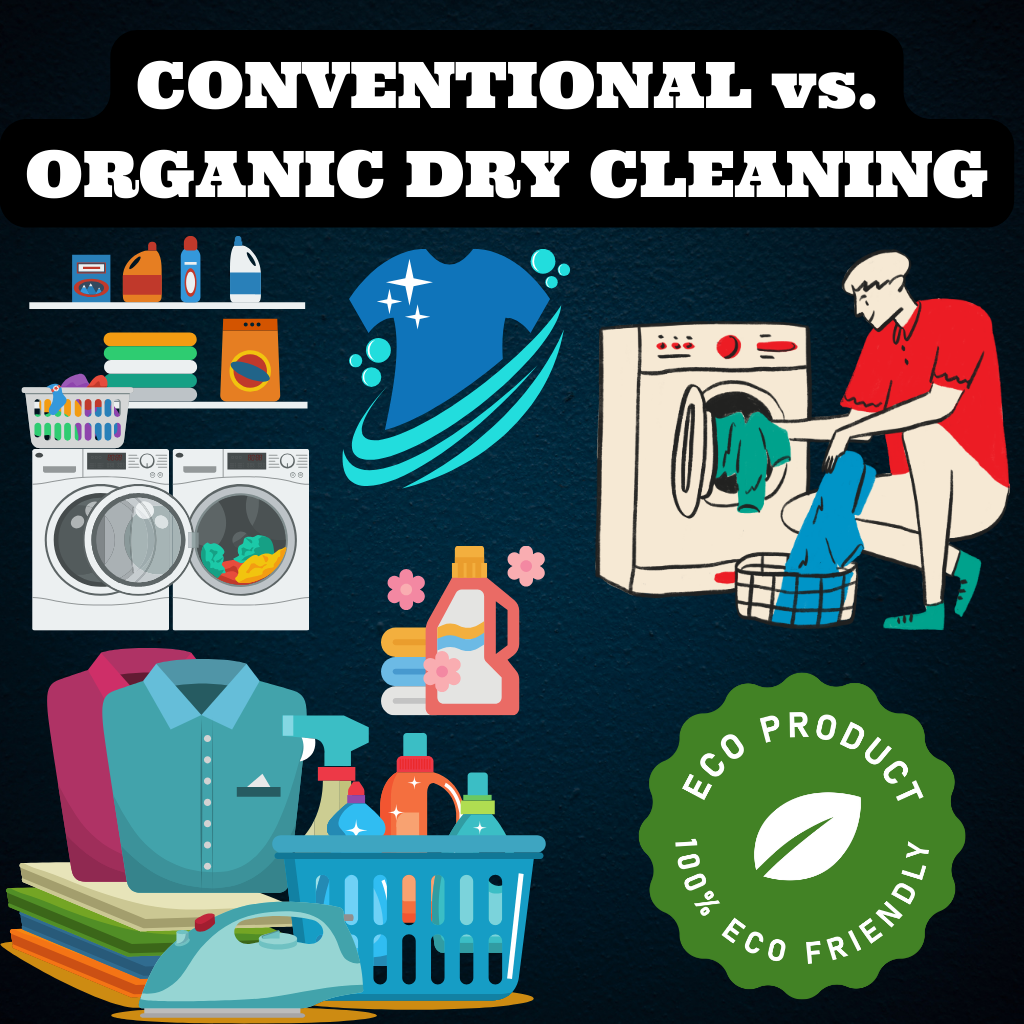Understanding the Differences
When it comes to dry cleaning, there are two primary methods: conventional and organic. Both have their pros and cons, but understanding the differences can help you make an informed choice for your garments.
Impact on Health and Environment
Conventional Dry Cleaning: Typically uses perchloroethylene (perc), a solvent that’s effective but toxic. Long-term exposure can lead to health issues, including respiratory problems and skin irritation. Moreover, it can pollute air and water.
Organic Dry Cleaning: Utilizes eco-friendly solvents like liquid silicone, which are non-toxic and safe for humans, animals, and the environment. This method significantly reduces health risks and environmental impact.
Clothing Quality and Experience
Conventional Dry Cleaning: Often leaves a chemical residue on clothes, causing potential skin reactions and an unpleasant smell. This can lead to discomfort and headaches for some individuals.
Organic Dry Cleaning: Ensures your clothes are clean without harsh chemicals, preserving fabric quality and avoiding adverse reactions. Clothes feel softer, look newer, and have a pleasant, mild scent.
Cleaning Effectiveness and Fabric Care
Conventional Dry Cleaning: Effective but can sometimes leave clothes stiff and less vibrant due to the high surface tension of perc.
Organic Dry Cleaning: Uses low surface tension solvents that penetrate fabrics better, effectively removing stains while maintaining fabric softness and color. Garments often look and feel brand new.
Cost and Affordability
While organic dry cleaning may be slightly more expensive, it’s worth the investment. It offers multiple benefits, including better fabric care, health safety, and environmental protection.
Conclusion
Choosing between conventional and organic dry cleaning depends on your priorities. If you value health, environmental sustainability, and fabric care, organic dry cleaning is the clear winner. Try LaundriKart’s organic dry cleaning services to experience the difference.




